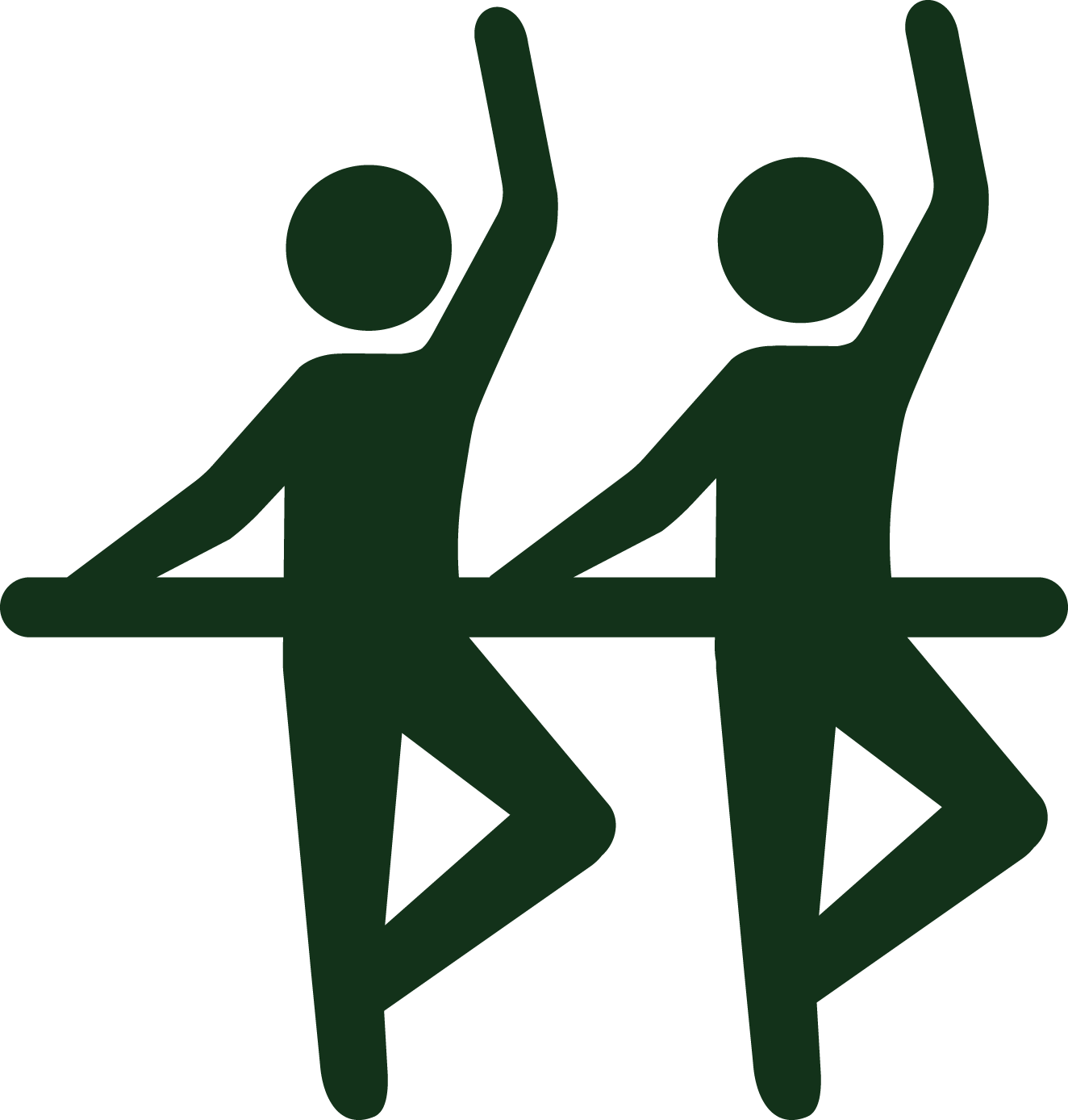Ecole Superieure de Ballet du Quebec - Year-Round Program - Year Round Program
4816 Rivard Street Montréal (Québec) H2J 2N6 CANADA
30 hours/week
Not company affiliated
No adult program
No education access
Styles: General Classical



Description
In Quebec, L’École supérieure is the only institution authorized to offer high-level professional training in classical dance, in partnership with Cégep du Vieux Montréal since 1979. On average, the student does 30 hours of dance per week. While most of the courses are conducted in French, many teachers also speak another language, such as English, Russian and Spanish. The student has the possibility to choose the dance-only curriculum, which consists exclusively of professional training in ballet. He is then following correspondence courses.
Sessions

Session Information
Ages:
14-18
Dates:
Not Provided
Men's Program?
Unknown
Tuition Options
- None ProvidedHousing - Unavailable 
Session Description
In the advanced cycle, the student’s schedule allows him to concentrate exclusively on his studies on Monday and to devote himself entirely to dancing on Saturdays. The dance training, in the afternoon, includes the following courses: Ballet Pointes or boys' Contemporary dance Physical training Repertoire Choreographic workshop Pas de deux While most of the courses are conducted in French, many teachers also speak another language, such as English, Spanish and Russian.

Session Information
Ages:
10-11
Dates:
Not Provided
Men's Program?
Unknown
Tuition Options
(2)Description:
Level 5
Description:
Level 6
Housing - Unavailable 
Session Description
The junior cycle is the first cycle to the professional division in classical dance performance. It emphasizes excellence, a glimpse of self-transcendence and pleasure in movement. Classes take place after school, starting at 4:30 pm, and Saturdays.

Session Information
Ages:
11-14
Dates:
Not Provided
Men's Program?
Unknown
Tuition Options
- None ProvidedHousing - Unavailable 
Session Description
From grade 7, the student embarks on a dance-study path. Dance training in the morning includes the following classes: Ballet Pointes or boys’ technique Character dance Contemporary dance Physical training Classical, neo-classical and contemporary repertoire While most of the courses are conducted in French, many teachers also speak another language, such as English, Spanish and Russian.

Session Information
Ages:
14-18
Dates:
Not Provided
Men's Program?
Unknown
Tuition Options
- None ProvidedHousing - Unavailable 
Session Description
In Quebec, L’École supérieure is the only institution authorized to offer high-level professional training in classical dance, in partnership with Cégep du Vieux Montréal since 1979. On average, students do 30 hours of dance per week. While most of the courses are conducted in French, many teachers also speak another language, such as English, Spanish and Russian. The student has the possibility to choose the dance-only curriculum, which consists exclusively of professional training in ballet. He or she is then following correspondence courses.